To reset a refrigerator compressor, unplug the appliance for at least 5 minutes and then plug it back in. A refrigerator compressor reset can be a quick and effective solution to certain issues you might encounter with your fridge.
By following a simple process, you can reset the compressor, which may help resolve problems like a noisy compressor, a refrigerator not cooling properly, or excessive power consumption. We will guide you through the steps to reset a refrigerator compressor. It’s always best to start with this approach before calling a technician, as it can save you time and money.
So, let’s dive into the step-by-step process of resetting your refrigerator compressor.
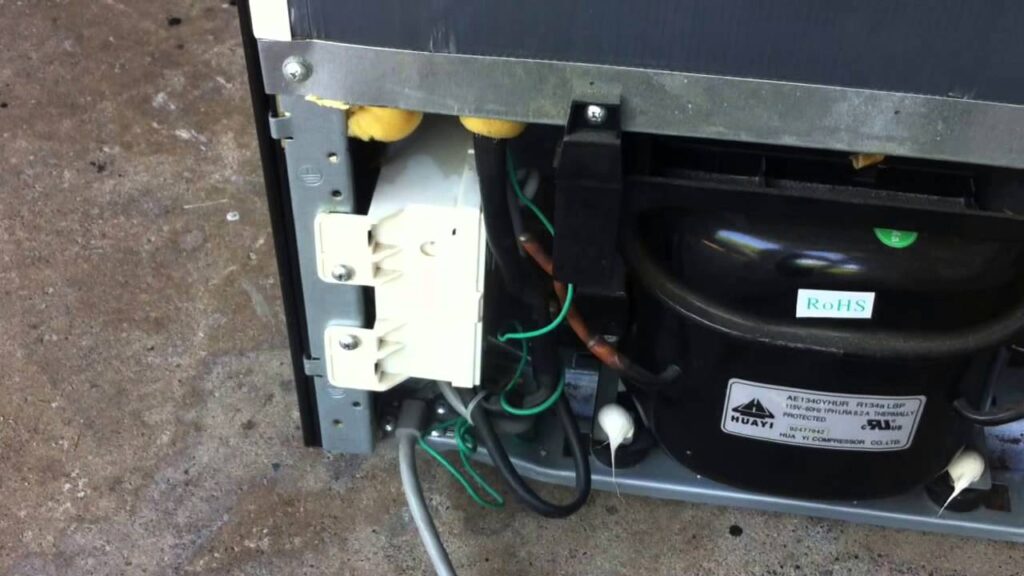
Signs That Your Refrigerator Compressor Needs A Reset
Is your refrigerator not cooling properly? Does it frequently cycle on and off without any apparent reason? These are signs that your refrigerator compressor might need a reset. The compressor is an essential component of your refrigerator, responsible for cooling your food and keeping it fresh.
If it malfunctions, it can disrupt the cooling process, leading to potential food spoilage and waste. It’s crucial to understand the signs indicating that your compressor needs a reset so that you can take the necessary steps to restore its proper functioning.
Failure To Cool Properly
One of the primary signs that indicates that your refrigerator compressor needs a reset is the failure to cool properly. If you notice that your food is not being adequately cooled, even though you have set the temperature correctly, it is a clear indication that there might be an issue with your compressor.
Over time, the compressor can accumulate dust, which affects its performance. Additionally, the compressor’s internal parts may become worn out or damaged, hindering their ability to cool the refrigerator effectively.
If you experience this issue, a reset might be the solution to restoring your refrigerator’s cooling capacity.
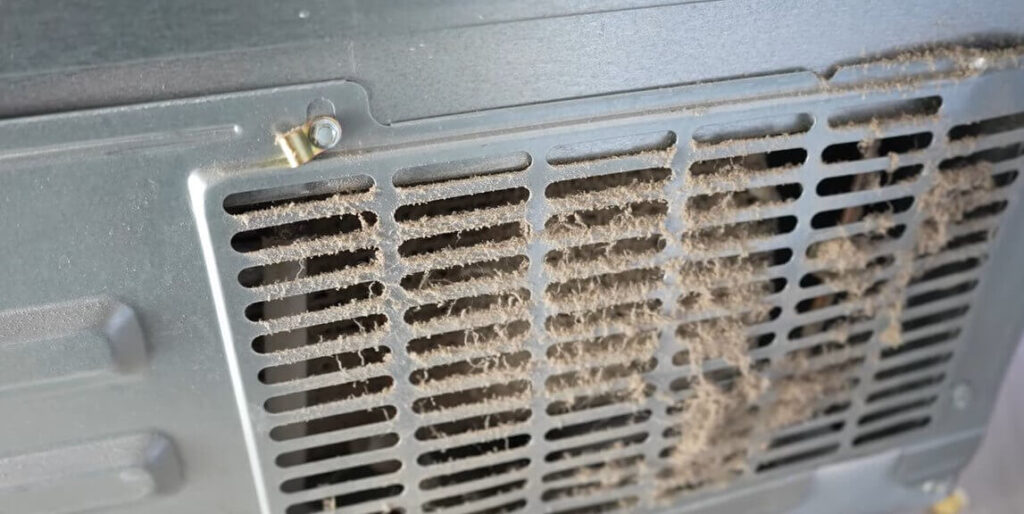
Frequent Cycling On And Off
An inefficient compressor often leads to your refrigerator frequently cycling on and off. This can be observed by hearing the refrigerator turn on and off frequently, even when the doors are closed.
When the compressor struggles to maintain the desired temperature, it compensates by continuously cycling on and off, attempting to reach the set temperature. This constant cycling not only puts unnecessary strain on the compressor but also impacts the overall energy efficiency of your refrigerator.
If you notice this behavior, it’s a sign that your compressor is in need of a reset to regain its optimal functioning.
Step-by-step Guide To Resetting Your Refrigerator Compressor
Is your refrigerator not cooling as efficiently as it used to? One possible solution is to reset the compressor.
The compressor is the heart of your refrigerator, responsible for cooling the interior. So, if it’s not functioning properly, it can lead to temperature inconsistencies and spoiled food.
In this step-by-step guide, we’ll walk you through the process of resetting your refrigerator compressor to help restore its optimal performance.
Step 1: Unplug The Refrigerator
The first step towards resetting the compressor is to unplug your refrigerator from the power outlet. This will ensure your safety and prevent any electrical accidents during the process.
Step 2: Locate The Compressor
Once it’s unplugged, it’s time to locate the compressor. The compressor is usually located at the rear of the refrigerator, near the bottom. It’s a box-shaped device with pipes connected to it. Take a moment to familiarize yourself with its appearance and location.
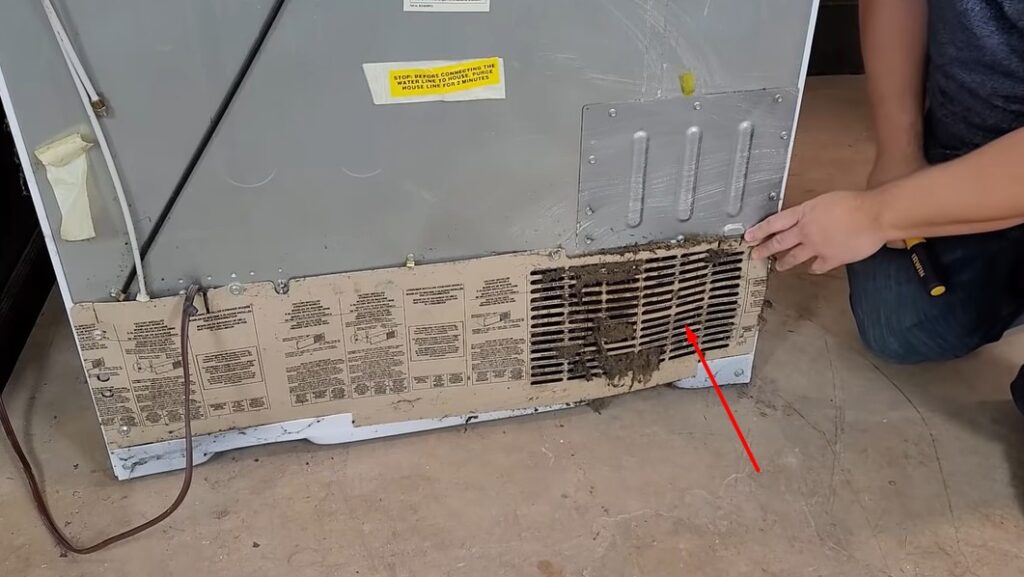
Step 3: Wait For 5-10 Minutes
Now, it’s time to exercise some patience. After unplugging the refrigerator and locating the compressor, you need to wait for about 5 to 10 minutes. This will give the compressor enough time to cool down and reset itself before you plug it back in.
Step 4: Plug The Refrigerator Back In
After the waiting period, plug the refrigerator back into the power outlet. Make sure the plug is securely connected to prevent any loose connections. Once plugged in, the compressor will start running again, and you can observe it in action.
Step 5: Monitor The Compressor’s Performance
After resetting the compressor, it’s crucial to monitor its performance. Allow the refrigerator some time to reach the desired temperature, and then check if it’s cooling properly. Feel the temperature inside the fridge and freezer to ensure they are at the correct levels.
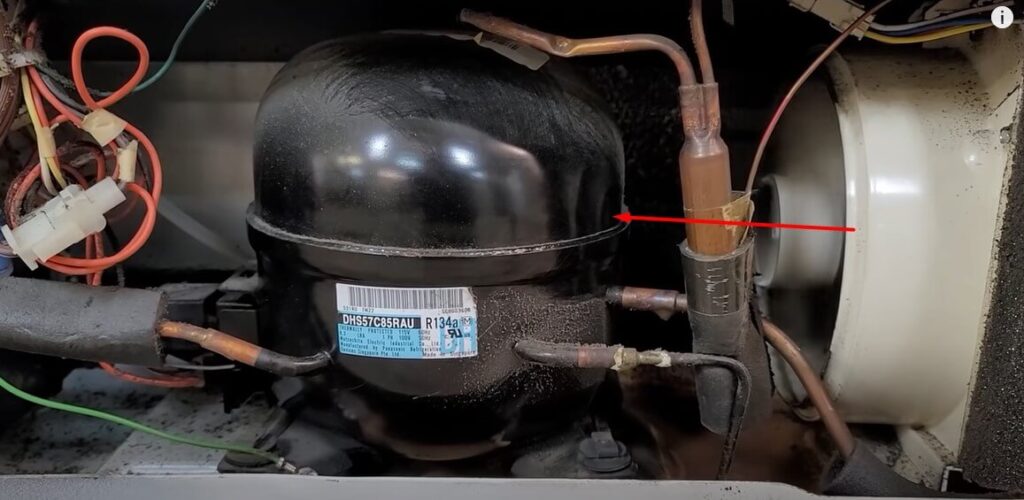
Monitor the compressor for any unusual noises or vibrations, as these could be indicators of underlying issues. If you notice any abnormalities, it’s best to contact a professional technician to diagnose and fix the problem.
By following this step-by-step guide, you can easily reset your refrigerator compressor and potentially restore its cooling efficiency. Remember to take necessary safety precautions, and if you encounter persistent issues, don’t hesitate to seek professional assistance.
Keep your refrigerator running smoothly and your food fresh for longer!
Common Mistakes To Avoid
In order to reset a refrigerator compressor effectively, it is important to be aware of common mistakes and avoid them. By understanding these errors, you can ensure a smooth and successful reset process without causing further damage to your refrigerator.
This section will outline the most common mistakes to avoid when attempting to reset a refrigerator compressor.
Trying To Reset The Compressor Too Frequently
One common mistake that people often make when resetting a refrigerator compressor is trying to do it too frequently. It is important to note that the compressor needs time to cool down after a reset.
If you try to reset it multiple times in quick succession, it can lead to increased stress on the compressor, potentially causing further damage.
When resetting the compressor, it is recommended to wait at least 5 minutes before attempting another reset. This allows the compressor to cool down and prevents any unnecessary strain.
Additionally, if the initial reset attempt does not solve the issue, it is advisable to troubleshoot other possible problems before proceeding with another reset.
Overlooking Other Potential Issues
Another mistake to avoid is overlooking other potential issues that may be causing the problem with your refrigerator. While a compressor reset can often resolve certain issues, there may be underlying factors contributing to the malfunction.
Before attempting a compressor reset, it is essential to check other components of the refrigerator, such as the thermostat, condenser coils, and fan. These components can sometimes cause similar symptoms to a compressor problem, and addressing them first may save you time and effort.
Additionally, inspecting for any loose connections or damaged wiring is crucial, as these issues can also affect the performance of the compressor.
If you have thoroughly inspected and addressed other potential issues and the problem still persists, then it may be appropriate to proceed with a compressor reset.
However, it is important to keep in mind that overlooking other potential issues can lead to recurring problems and the need for repeat resets.
Tips For Maintaining A Healthy Compressor
Taking Professional Help
While attempting to reset a refrigerator compressor on your own is feasible, there are times when it’s best to call a professional technician for assistance. These experts have the knowledge and experience to handle complex refrigeration systems and can troubleshoot issues efficiently.
Knowing when to seek professional help can save you time, effort, and potential damage to your refrigerator. Let’s explore two key aspects that indicate the need for a professional:
When To Call A Professional Technician
If you notice any of the following signs, it is advisable to contact a professional technician:
- Unusual noises: If your refrigerator is making strange noises that you’ve never heard before, it could indicate a compressor problem. Ignoring these noises can lead to further damage, making it crucial to seek expert assistance.
- Continuous cooling issues: If your refrigerator fails to maintain the desired temperature or keeps fluctuating excessively, it’s an indication that the compressor might be malfunctioning. A professional technician can assess the problem accurately and provide an appropriate solution.
- Visible leaks: Refrigerant leaks can harm the environment and pose health risks. If you detect any signs of refrigerant leakage, such as oily residue or an unpleasant smell, it’s crucial to call a professional immediately. They can identify and fix the leak while ensuring proper disposal of the refrigerant.
- Electrical problems: Refrigerators involve complex electrical systems. If you encounter electrical issues, such as frequent tripping of circuit breakers or sparks, it’s essential to leave the troubleshooting to professionals. They possess the expertise to handle electrical repairs safely.
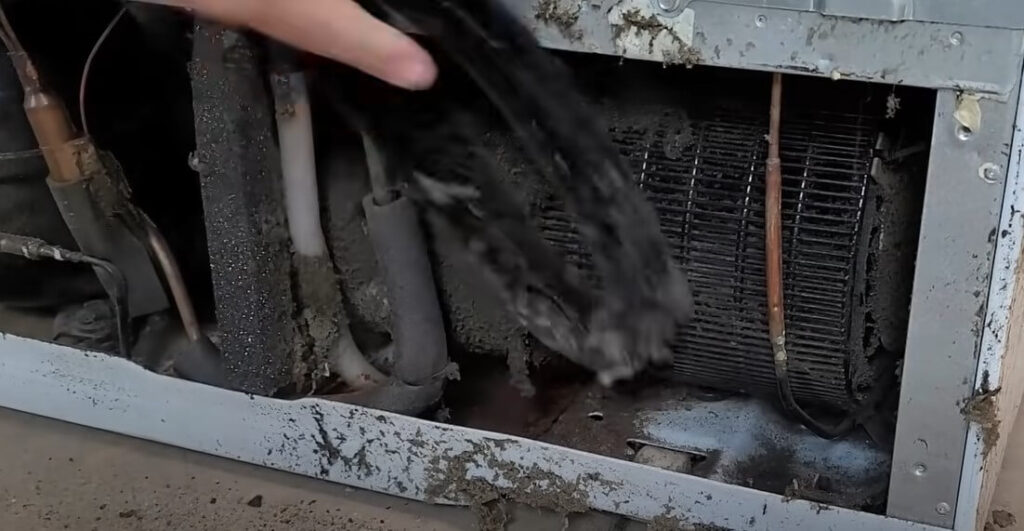
Importance Of Regular Maintenance Visits
Regular maintenance visits from professional technicians are essential to keeping your refrigerator in optimal condition. They help prevent major compressor failures and extend the lifespan of your appliance.
Here’s why scheduling regular maintenance visits is crucial:
- Early detection of issues: A professional technician can identify potential problems during routine inspections, allowing them to address them promptly. This proactive approach can prevent minor issues from escalating into major breakdowns.
- Optimized performance: Through regular cleaning and maintenance, technicians ensure that the compressor and other components function efficiently. This not only improves cooling performance but also helps lower energy consumption, saving you on electricity bills.
- Prolonged lifespan: By keeping your refrigerator’s compressor and system properly maintained, professional technicians can significantly extend its lifespan. Regular maintenance visits can help you avoid costly repairs or premature replacement of your appliance.
- Manufacturer warranty compliance: Some refrigerator warranties require regular maintenance for coverage. By scheduling professional maintenance visits, you can fulfill warranty requirements, ensuring that any unforeseen issues are covered by the manufacturer.
Remember, when it comes to the well-being of your refrigerator’s compressor, professional help is readily available and can provide you with peace of mind.
By knowing when to call a professional technician and the importance of regular maintenance visits, you can ensure that your refrigerator remains in optimal condition for years to come.
FAQs: How To Reset A Refrigerator Compressor
Is There A Reset On The Compressor Of A Refrigerator?
Yes, refrigerators typically have a reset button on the compressor. You can find it at the back of the fridge or underneath it. Pressing the reset button can help resolve any issues or errors with the compressor.
Will Unplugging A Fridge Reset It?
Unplugging a fridge will not reset it.
How Do I Know If My Refrigerator Compressor Is Bad?
To determine if your refrigerator compressor is bad, listen for unusual sounds like clicking or buzzing, check if the fridge isn’t cooling properly, feel if the compressor is hot to the touch, and inspect for oil leaks or a burnt odor.
Contact a professional if you notice these signs.
Where Is The Reset Button Located On A Refrigerator?
The reset button on a refrigerator can be found either on the control panel or inside the fridge. Look for a small button labeled “reset” near the temperature controls or inside the fresh food compartment. Press and hold the button for a few seconds to reset the fridge.
Conclusion
To wrap up, resetting a refrigerator compressor is a simple yet effective solution for resolving common cooling issues. By following the steps outlined in this blog post, you can avoid unnecessary costs and potentially extend the lifespan of your appliance.
Remember to always exercise caution and consult a professional if needed. With these guidelines in mind, you’ll be well-equipped to troubleshoot and reset your refrigerator compressor, keeping your food fresh and your kitchen running smoothly.
